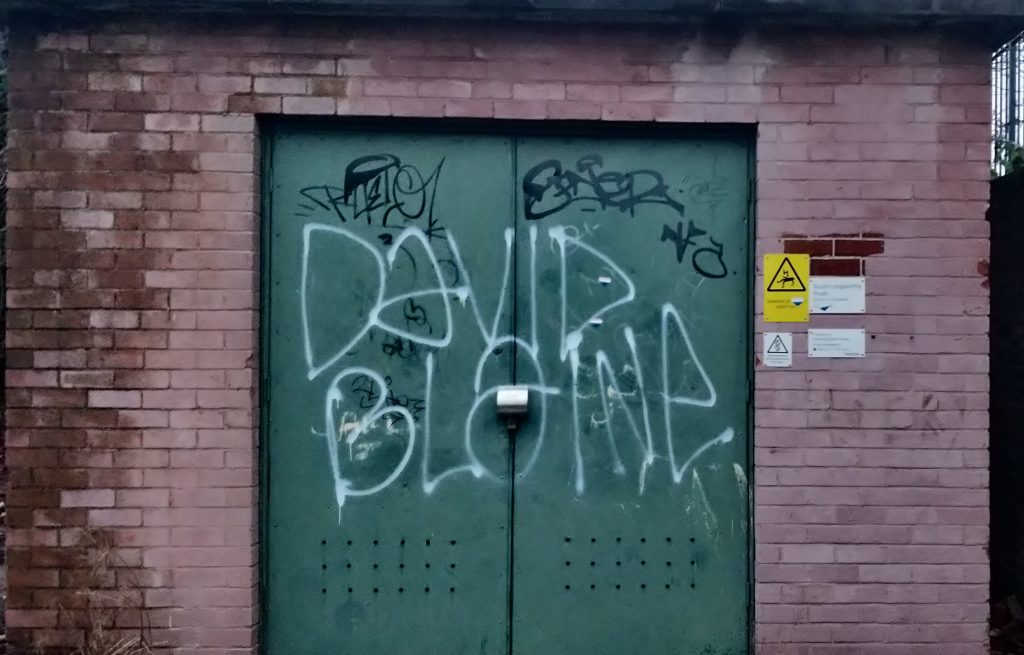
Ordsall alone has experienced an 810% increase in graffiti reports
In November, Salford City Council’s community and neighbourhoods scrutiny panel held an online meeting to address, among other things, the rising issue of graffiti in Salford.
During the meeting, David Robinson, Head of Service – Streetscene and parks, gave a presentation that revealed a dramatic increase in offensive and non-offensive graffiti.
Robinson’s definition of graffiti, as stated in his presentation, is “Any informal or illegal marks, drawings or painting that have been deliberately made by a person on any physical element within an outdoor environment.”
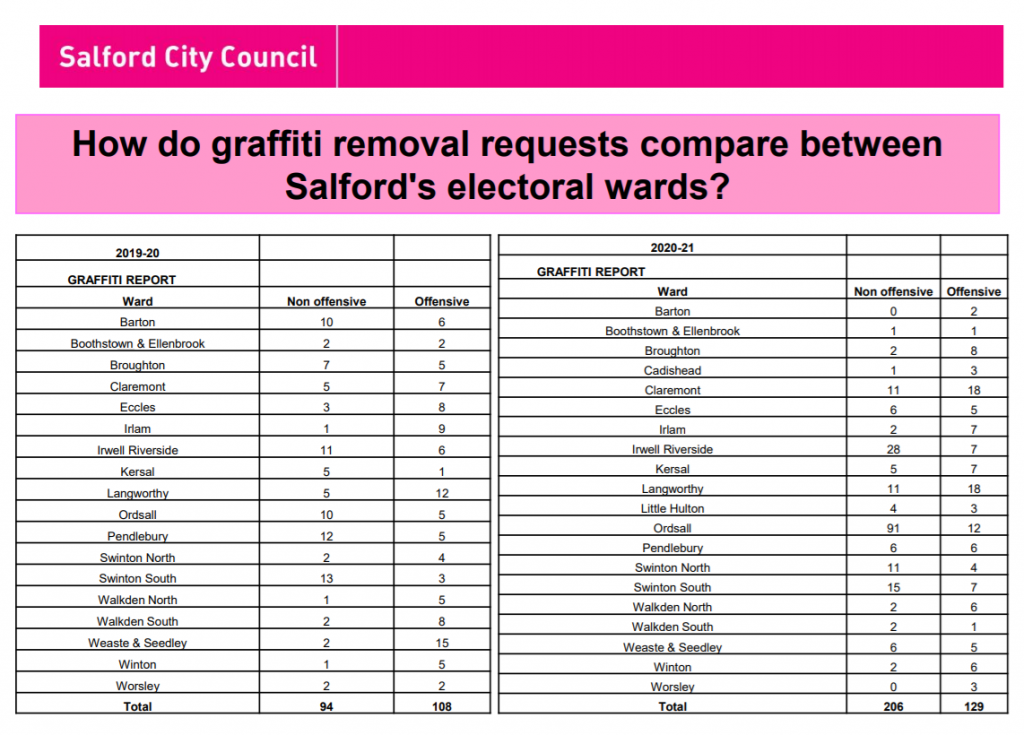
The council have a designated graffiti removal team with quick response times.
Offensive graffiti is removed within forty-eight hours, with an average response time of 2 hours (even during weekends and out-of-hours). Non-offensive graffiti is removed within five working days, with an average response time of 2 working days.
It is up to the person reporting the graffiti to define it as offensive or non-offensive.
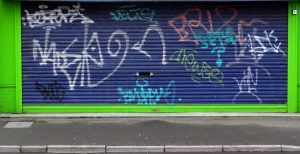
Although the frequency of these reports is relatively low-less than one report a day on average – the council estimates that the removal of graffiti costs them almost £60,000 a year
Graffiti is classed as a criminal offence. Damage caused by graffiti exceeding £5,000 results in 10 years imprisonment for an adult, or twenty four months detention and training order for a minor.
For minor offences, a fixed penalty notice of £150 may be issued. Both the police and the council have the power to issue a fixed penalty notice to an offender.
It is rare that an offence is met with a penalty because graffiti instances are scarcely seen. However, graffiti is becoming a recognised art form in many areas.
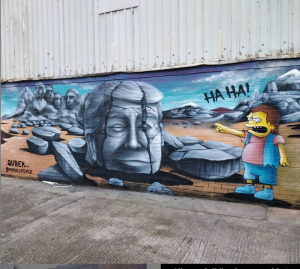
A professional graffiti artist creates street art that is completely different to typical graffiti. Murals created by these artists can become appreciated features of the area.
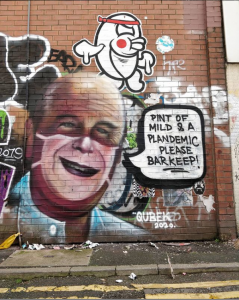
Should the council be aiming to remove all graffiti, including the beloved murals? Or just the typical slurs and name-tagging that plagues many of Salford’s walls?
Removing street art beloved by the community would be a risky move.
In 2011, the council spent £15,000 removing attractive street art along a portion of the Ordsall Waterfront. Out of respect, professional artists left the wall alone.
But graffiti amateurs took the opportunity to vandalise the clean wall, covering it in the typical tags seen frequently on building walls. The phrase, “my lil sister can do better” also features on the wall.
Essentially, a wall of stunning artwork was replaced by an eyesore. In response to the wall’s visual decline, Percy Stilton commented “I love good graffitti….any one who destroys it is anti-art….just another brick in the wall. The bad graffiti artists should be taken off the streets and given useful employment producing & publishing glossy magazines for council pr purposes. yours sincerely Mr. Percy Stilton esq.”
The full report on Salford City Graffiti incident can be read here.















Recent Comments